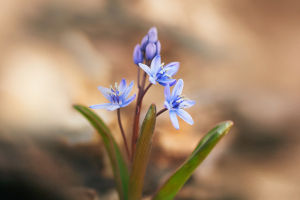Hey Lykkers! Have you ever grabbed a bunch of grapes and wondered where they came from or why they’re everywhere from lunchboxes to fruit stands?
Today, let’s walk through the journey of grapes—how they grow, where they started, and why we still love them after thousands of years. You’ll be surprised how far these little fruits have traveled!
What Grapes Really Are
Grapes are more than just a sweet bite. They grow in clusters on climbing plants that lose their leaves each year. The leaves are usually round and have little jagged edges. Grapes come in different colors—like golden green, deep purple, and bluish gray—and often have a soft waxy layer on their skin.
One thing to know: grapes don’t ripen after they’re picked. That means farmers need to harvest them at just the right time so we get the best taste and texture.
The Many Ways We Enjoy Grapes
We often eat grapes fresh, but that’s not the only way to enjoy them. Grapes can be dried into raisins or made into juice, jam, jelly, or even pressed into oil using their seeds. No matter how they’re used, grapes bring sweetness and a bit of refreshment to our daily meals.
In some places, people even use grapes to make healthy skincare products, thanks to the nutrients in the seeds and skin.
Grapes in China: A Long History
Did you know grapes have been part of Chinese culture for thousands of years? Records in the ancient “Book of Songs” show that people were already picking and eating wild grapes during the Shang Dynasty. Later, during the Han Dynasty, new grape varieties were brought into China and planted in places like Xinjiang.
From there, grapes made their way across the country—through the Hexi Corridor, into Shaanxi, and beyond. By the Yuan and Ming Dynasties, grape growing had become a big part of farming life. Books like Nongsang Jiyao (Farming Essentials) even gave step-by-step guides for grape cultivation.
Grapes Across the World
Grapes aren’t just popular in China—they’re loved all around the world. The first grapes were believed to grow near the Mediterranean, Black Sea, and Caspian Sea. Over time, people started growing them in many parts of Europe, Asia, and North Africa.
In North America, native grapes were already part of the diet for many Indigenous communities. Later, people developed new types like the Concord grape in the U.S., which is still widely grown today.
How Grapes Grow
Grapes love sunshine and well-drained soil. The plants grow as vines and need some support—like a trellis or wires—to spread and grow upwards. The leaves grow one by one along the vine, and the flowers appear in clusters. These flowers are small and usually fall off once the fruit starts to develop.
Grapes grow in different shapes and sizes. Some are soft and juicy, while others are firm and crunchy. In many parts of China, like Xinjiang and Inner Mongolia, people grow special types that are perfect for eating fresh.
Why We Still Love Grapes
There’s something simple and satisfying about grapes. They’re easy to eat, naturally sweet, and packed with refreshing flavor. For thousands of years, they’ve been part of our history, culture, and meals. Whether we’re snacking on them in summer or adding them to a salad, grapes never go out of style.
Let’s Talk, Lykkers!
Now it’s your turn—how do you like your grapes? Green and crunchy or dark and soft? Have you ever visited a vineyard or picked grapes straight from the vine? Let us know—we’d love to hear your grape stories!
And if this article helped you see grapes in a new way, share it with your friends. Let’s keep exploring the small things that make life sweeter—together!


